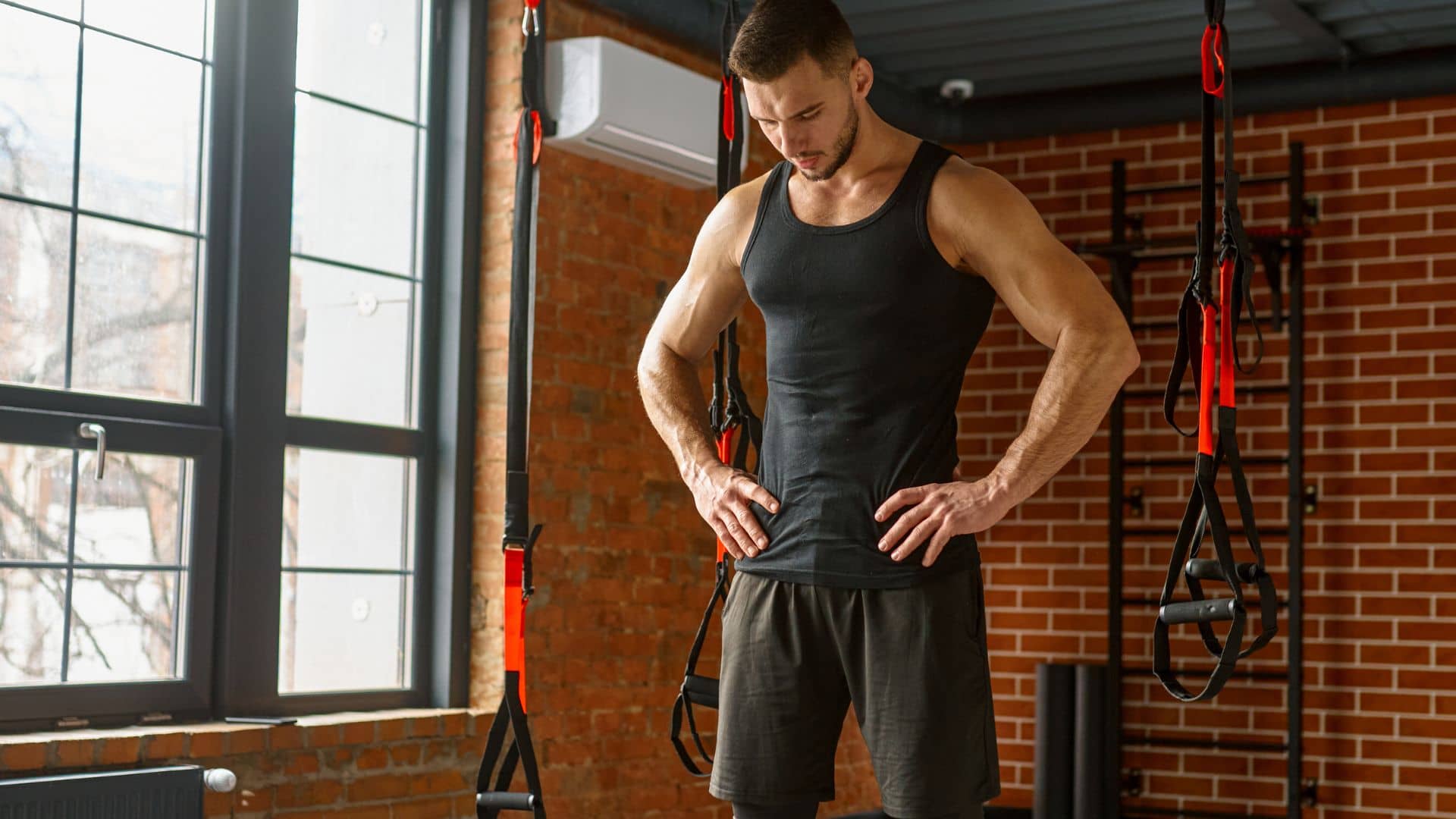Moving Further: Understanding Orthostatic Hypotension
Orthostatic hypotension, often known as postural hypotension, isn’t usually a cause for concern, but it’s essential to delve deeper into its underlying mechanisms and potential complications.
Mechanism Behind Orthostatic Hypotension
When we stand up, gravity causes blood to pool in the lower body, momentarily reducing blood flow to the heart and brain. Normally, the body compensates by narrowing blood vessels and increasing heart rate to maintain blood pressure. However, in cases of orthostatic hypotension, this compensation mechanism fails temporarily, resulting in decreased blood pressure and dizziness.
Symptoms and Impact
Apart from dizziness, symptoms might include blurred vision, feeling faint, or even fainting in severe cases. These symptoms can potentially lead to falls and injuries, especially among older adults.
Risk Factors
Certain factors predispose individuals to orthostatic hypotension:
- Age: Older adults are more prone to this condition due to changes in blood pressure regulation.
- Medications: Some medications, like those for high blood pressure or certain antidepressants, can contribute to lower blood pressure upon standing.
- Medical Conditions: Parkinson’s disease, diabetes, heart conditions, and nervous system disorders can increase the risk.
Diagnosing Orthostatic Hypotension
A tilt-table test or orthostatic vital signs measurement may be used to diagnose this condition. These tests involve monitoring blood pressure and heart rate while changing positions.
Treatment and Management
The approach to managing orthostatic hypotension involves:
- Hydration: Ensuring adequate fluid intake to maintain blood volume.
- Dietary Changes: Consuming enough salt can help increase blood volume.
- Gradual Movement: Avoid quick changes in position and stand up slowly.
- Physical Therapy: Certain exercises can help improve circulation and reduce symptoms.
- Medication Adjustment: Consultation with a healthcare provider to adjust or change medications causing low blood pressure.
When to Seek Medical Advice
If dizziness upon standing becomes frequent, severe, or is accompanied by other concerning symptoms, consulting a healthcare professional is crucial. Persistent orthostatic hypotension might indicate an underlying health issue that needs attention.
Conclusion
Understanding orthostatic hypotension and its triggers empowers individuals to take proactive steps to manage and prevent episodes of dizziness when transitioning from different positions. By incorporating lifestyle changes and seeking medical advice when necessary, individuals can mitigate the impact of orthostatic hypotension on their daily lives.
Remember, while occasional dizziness may be common, persistent or severe symptoms warrant medical evaluation to rule out any underlying health conditions.
Additional Resources:


